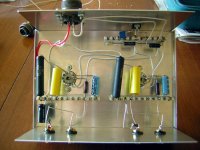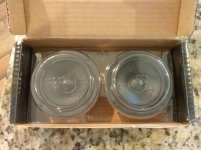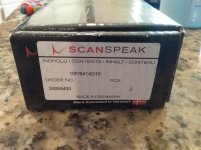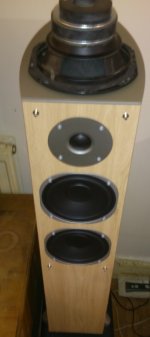At the urging of a couple of other DIY members that claimed the 12B4 would stomp the Rosenblit Grounded Grid I decided to persur building one.... I left a trail of metal shavings fomr Cody to Rock Springs Wyoming as I partially assembled this on my last service trip. This IS alot more fon that watching cable TV on the motel rooms!
My grounded grid follows this basic diagram. I can't remember where I found this one but it was within a thread on this site that I found the link to it. Mine is pretty much a stock 12B4 as was my Grounded Grid. The only change I made to the grid when I built it was to use a different feedback resistor(less feedback) and a variable regulator IC in place of the fixed 12 volt IC. This allowed me to use the designed 12.6 volts on the filaments of the 12AU7's instead of Bruces 12 volts.
How do they compare.....? Listening tests were done with my Dynaudios driven by my DIY overbiased/overbuilt Aleph 2s. Source was from my Pioneer DV-45 CD player, a long time favorite of mine and one which has the proper DACs for the proper type of disks! All three types of CD's were used in listening tests.
The Grounded Grid is very detailed and open and extremely neutral and very dynamic. Overall its a very pleasing line stage to listen to once a good tube type is found. Yes, its somewhat tube fussy as I finally ended up settling on NOS Tung- Sols in mine. This seemed to be the best choice forthis line stage. JAN tubes while less microphonic were much more strident sounding on the high end. Did I say microphonic....... Yes. The grid suffers from this plague to some extent although I never found it to be a real problem. My stereo rack pretty is well isolated and on spikes.
Overall the grid has been very good and I've lived with it now for well over a year.
Then commeth the 12B4!
What can I say when something is so dramatically better. To try to sum it up I'll say that this simple circuit is the real meaning of more for less. By that I mean more music for less parts used. Somewhat the same basis for the Aleph series of power amps too.
This line stage has detail and top end that have to be heard to be believed and seemingly unlimited dynamic range. Its also drop dead neutral. As a comparison to the GG the 12B4 has alot more leading edge comming through than the Grid does and thats the single most obvious difference between the two. The bottom end and midrange performance are very simmilar to the grid but again with the 12B4 revealing even more detail and nuances deep in the music. This is very evedent on plucked bass and vibes and is pretty amazing. Background noises in recordings start to get annoying with the 12B4! Overall this is a much more musical line stage than the grid. Its hard to believe that high end tube equipment manufactirers have not hit on this tube, their engineers must be

.
Are there any drawbacks? YES! This line stage has just about zero Power Supply Rejection and requires the very cleanest power you can give to it. Does it need to have a CSS or LED's to sound good. NO! This stock circuit is simply amazing running off my regulated bench supplys. The CCS mod might raise the PSR a good bit but good regulated supplies as Dr. Gizmo used to do and as I am doing also works very well. Its either going to take alot of iron or some well designed regulated power supply to get this unit hum free.
So have I retired my GG? No, it'll serve in another system in another room. Its also a very good piece but the 12B4 does indeed blow right past it.
Simply put the Grounded Grid runs at Warp 5 and the 12B4 runs at warp 9.
Build your self one!
Mark
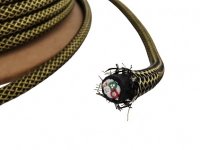
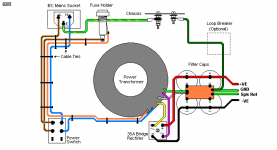



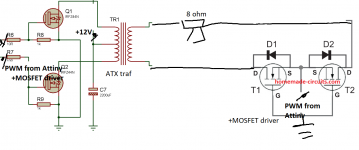
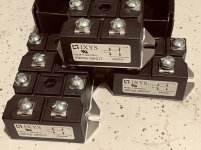
 £¬mainly appearance is that the door open and close automatically, and the trouble is some even if no CDdisk be placed , i want to repair it by myself, so i need the circuit schematics and the service manual for X55ES.
£¬mainly appearance is that the door open and close automatically, and the trouble is some even if no CDdisk be placed , i want to repair it by myself, so i need the circuit schematics and the service manual for X55ES.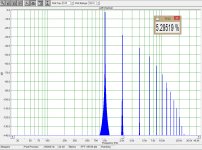
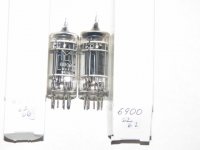
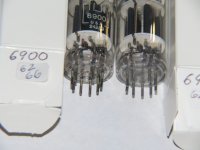
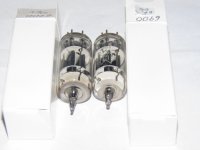
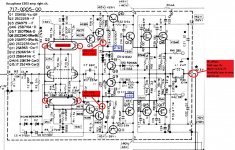
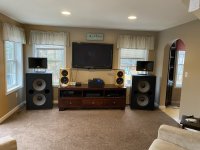
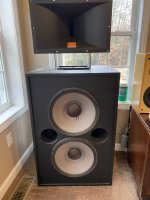
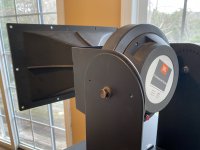
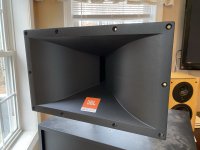
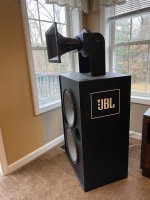
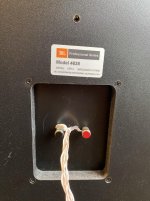
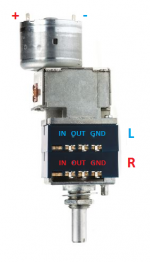
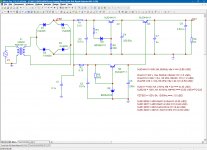
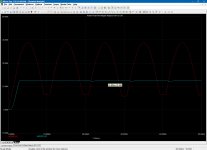
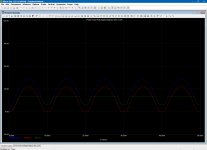
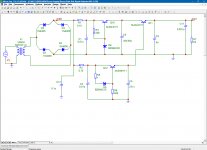
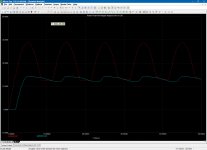
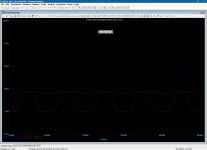
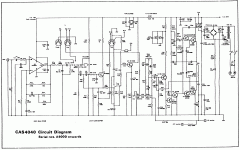



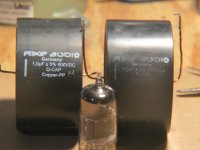
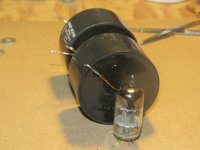
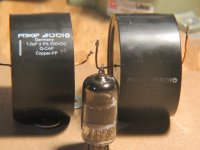
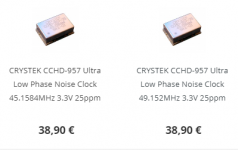
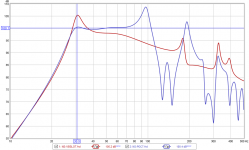
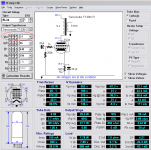
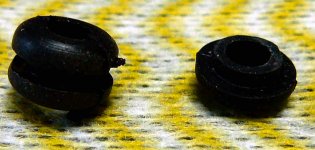
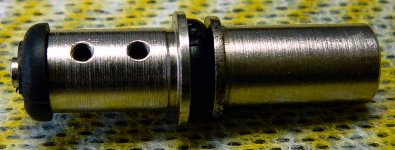
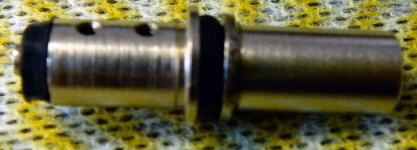
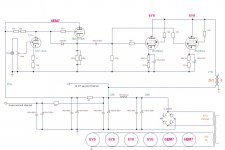
 .
.